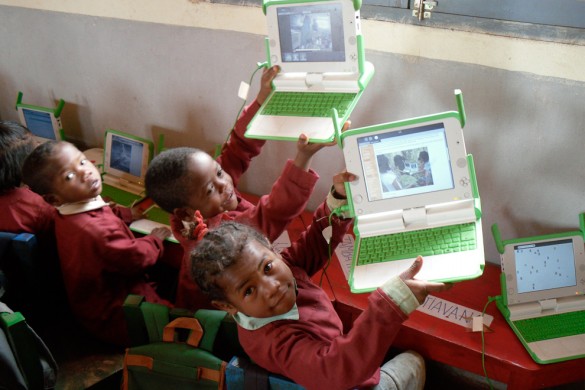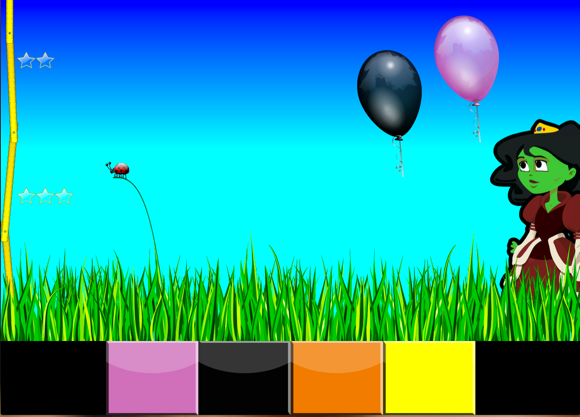The wise sage, Derek Zoolander, once asked: “How can we be expected to teach children to learn how to read if they can’t even fit inside the building?”
Depending on the context, that might be a fair question, but let’s extend it further. What if there is no school building? Or even a teacher?
For millions of the world’s poorest children, lack of access to schools and teaching staff is an unfortunate reality and has been one of the most difficult problems facing educational non-governmental organizations (NGOs). Much effort has gone into expanding the educational systems in many developing countries but scattered populations, lack of infrastructure, and teacher shortages remain significant hurdles.
A new approach

The One Laptop Per Child (OLPC) organization has been working for the last several years to put low-cost tablets and laptops into the classrooms of developing countries. Recently they began an experiment to see if they could solve the lack of classroom/teacher problem.
Instead of bringing their tablets into an existing school and training a facilitator on how to work them into their curriculum, OLPC technicians drove to a remote village and dropped off sealed boxes of tablets to see what the children there, who had never even seen writing, could figure out on their own. It seems like a crazy idea, but even crazier… it worked.
From MIT’s Technology Review:
I thought the kids would play with the boxes. Within four minutes, one kid not only opened the box, found the on-off switch … powered it up. Within five days, they were using 47 apps per child, per day. Within two weeks, they were singing ABC songs in the village, and within five months, they had hacked Android.” – Nicholas Negroponte, founder of OLPC
Software from the future
The teaching software responsible for helping the students was the product of OLPC’s Project Nell. Inspired by Neal Stephenson’s “The Diamond Age”, OLPC developer, Dr. C. Scott Ananian went to work creating applications that mimicked some of the functionality of “A Young Lady’s Illustrated Primer”, an AI-powered book-device that provided an education to Stephenson’s protagonist, Nell, through the use of stories.
A couple of the apps, Nell’s Balloons and Nell’s Colors, can be demoed on Dr. Ananian’s GitHub repository. Playing through a few minutes of Nell’s Balloons, it’s interesting to watch how the app rapidly presents concepts and builds upon each of the lessons it presents to students. A large amount of cleverness seems to have gone into the app’s creation.

Having deployed numerous computer labs and learning software packages in schools during my career, I found that the Project Nell apps, while simple on the surface, seem to surpass many of the expensive, commercial learning applications that are popular in U.S. schools.
Just the beginning
It’s still too early to know how OLPC’s new tactic will compare to traditional classroom instruction. More trials are planned and refinement of the Project Nell software continues based on feedback from the initial experiment.
Despite the uncertainty and need for further testing, it’s hard to imagine this as anything but progress towards addressing the classroom/teacher problem. It may ultimately turn out to be just a “better than nothing” solution, but for children who wouldn’t otherwise have any opportunity for an education, it seems like a good place to start.

Leave a Reply
You must be logged in to post a comment.